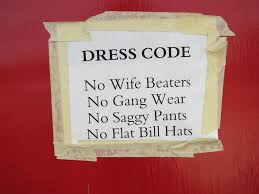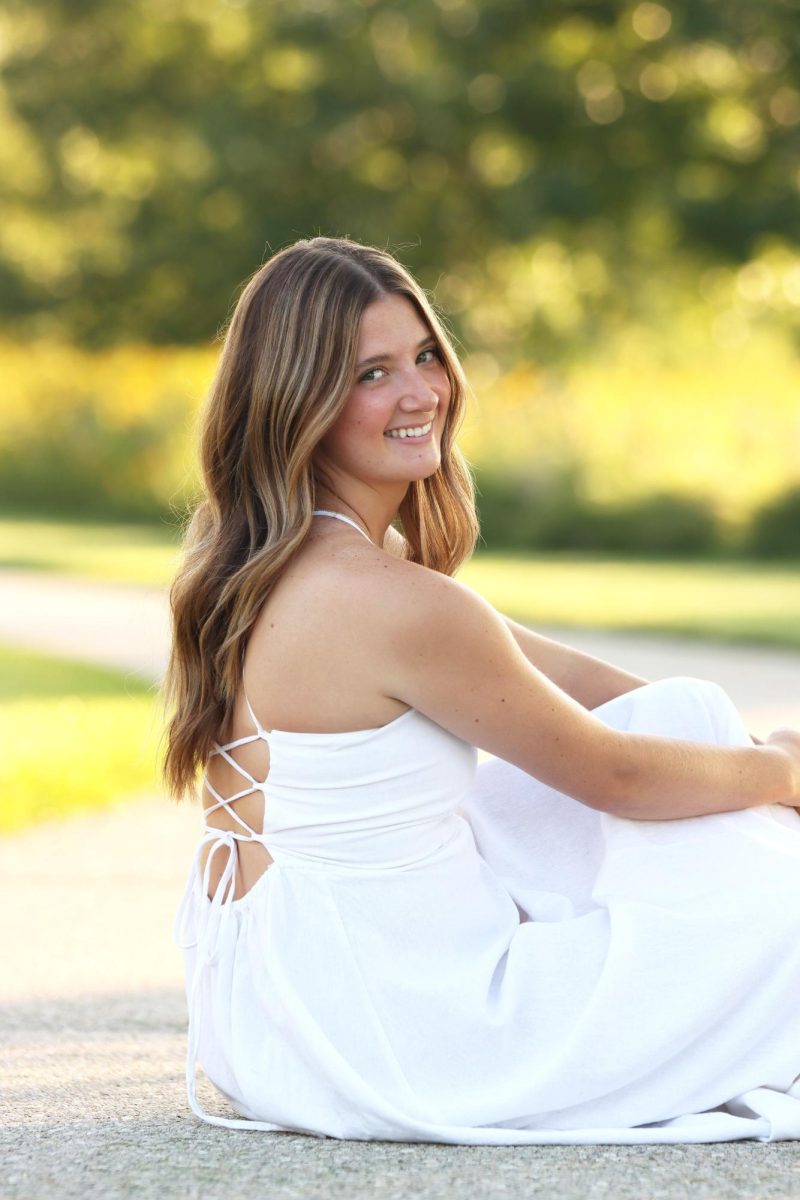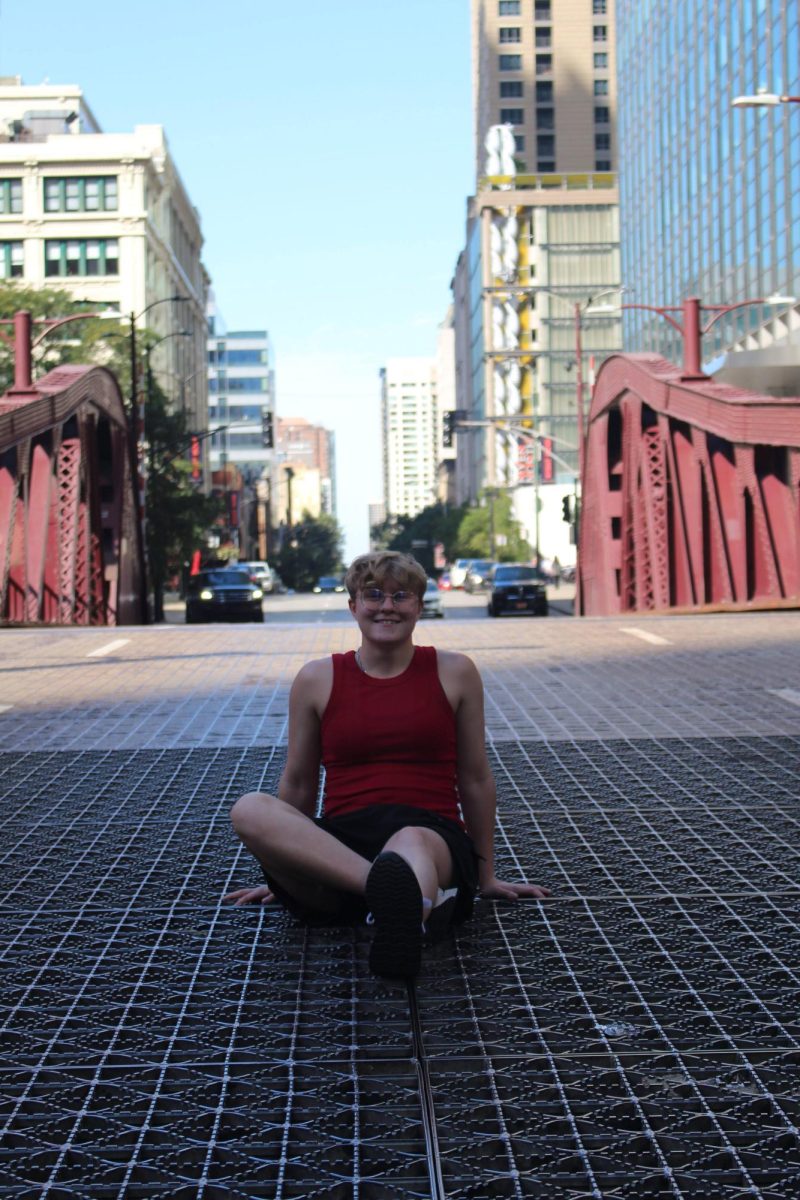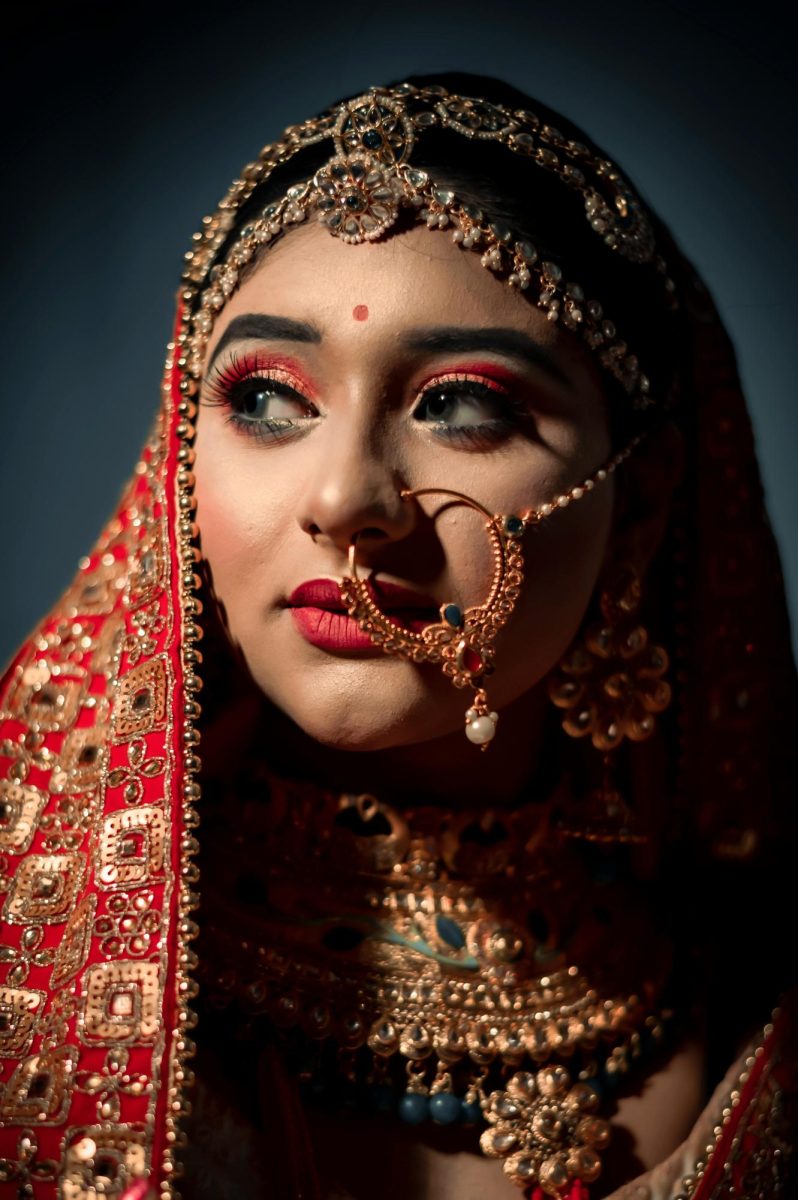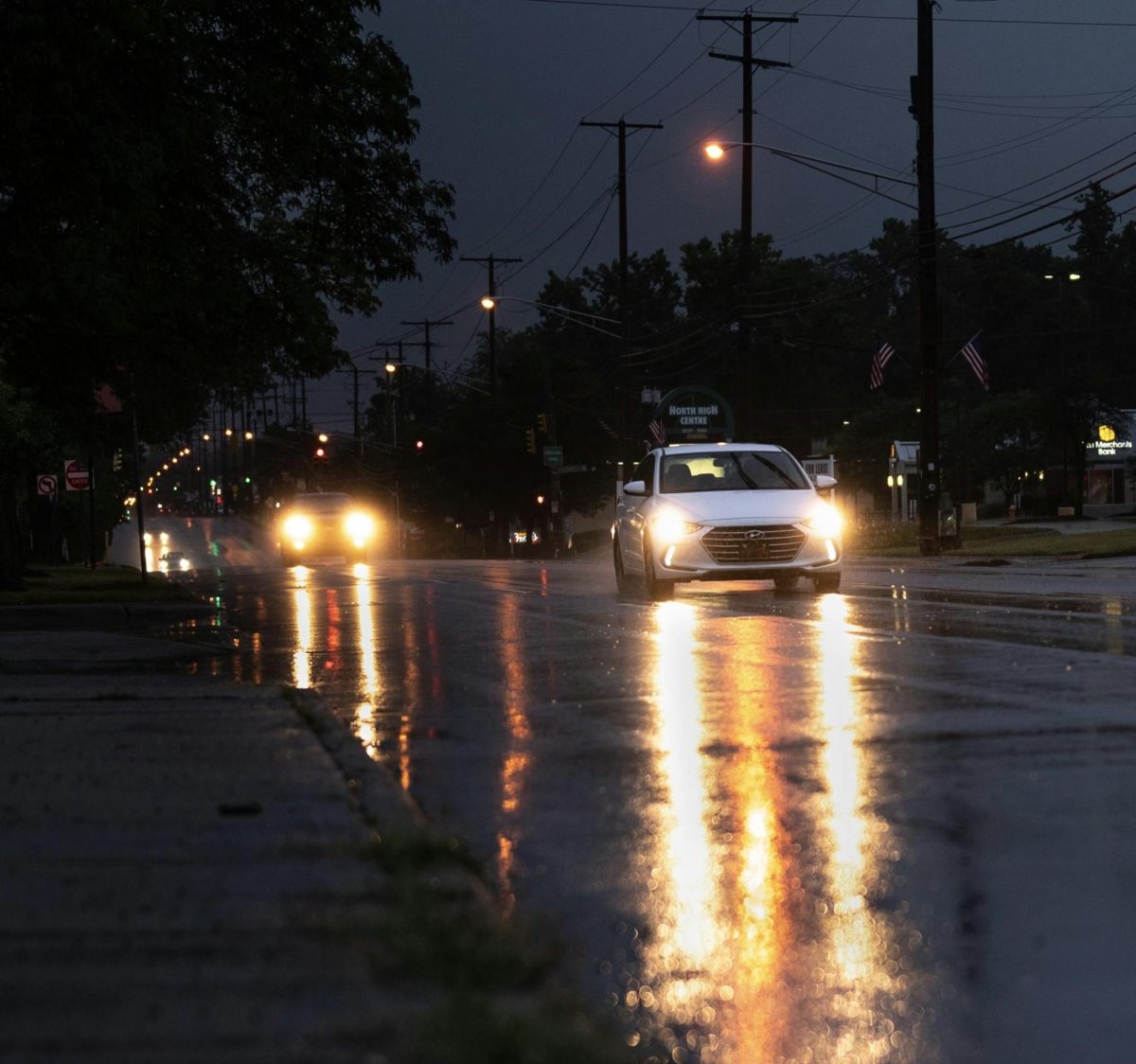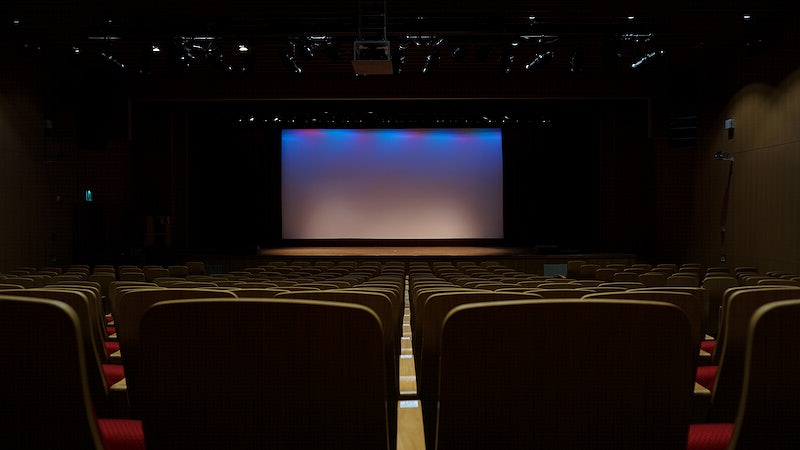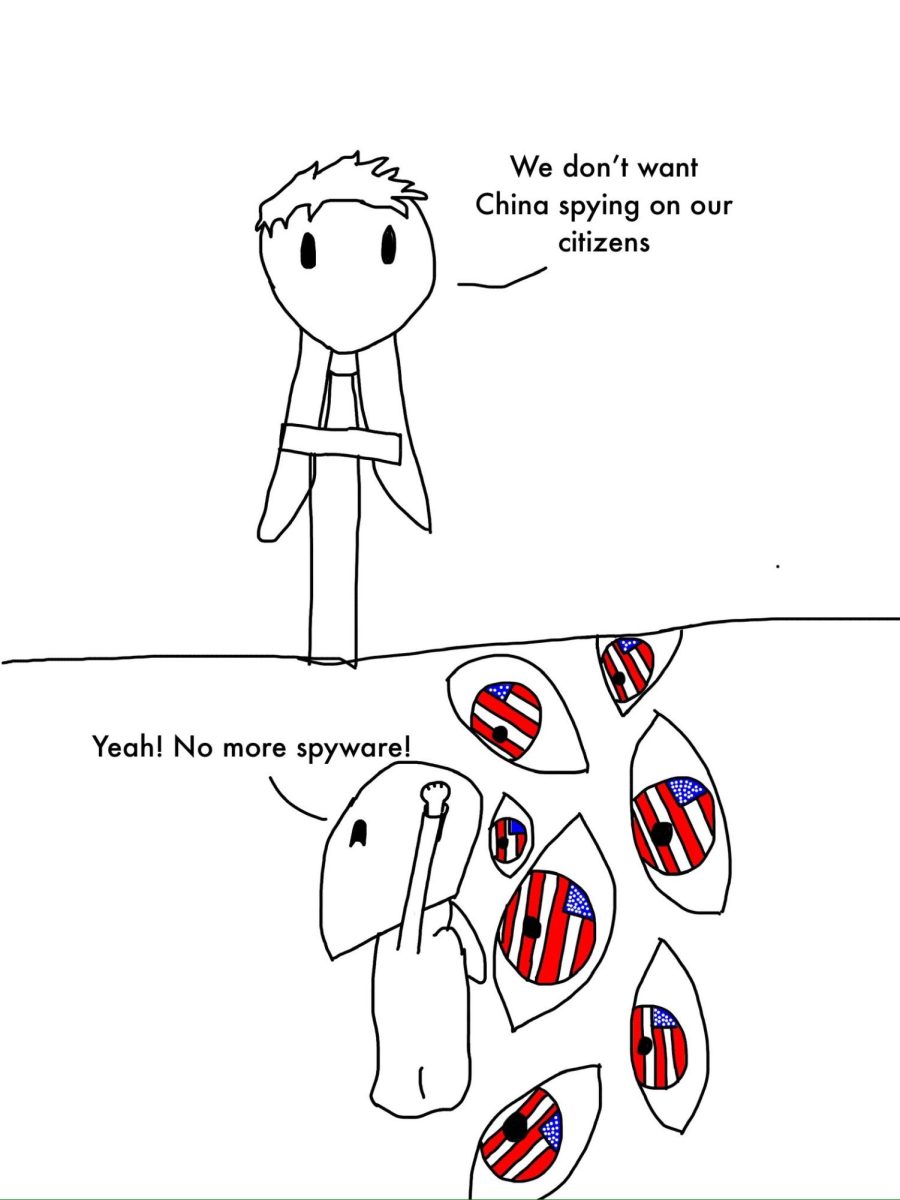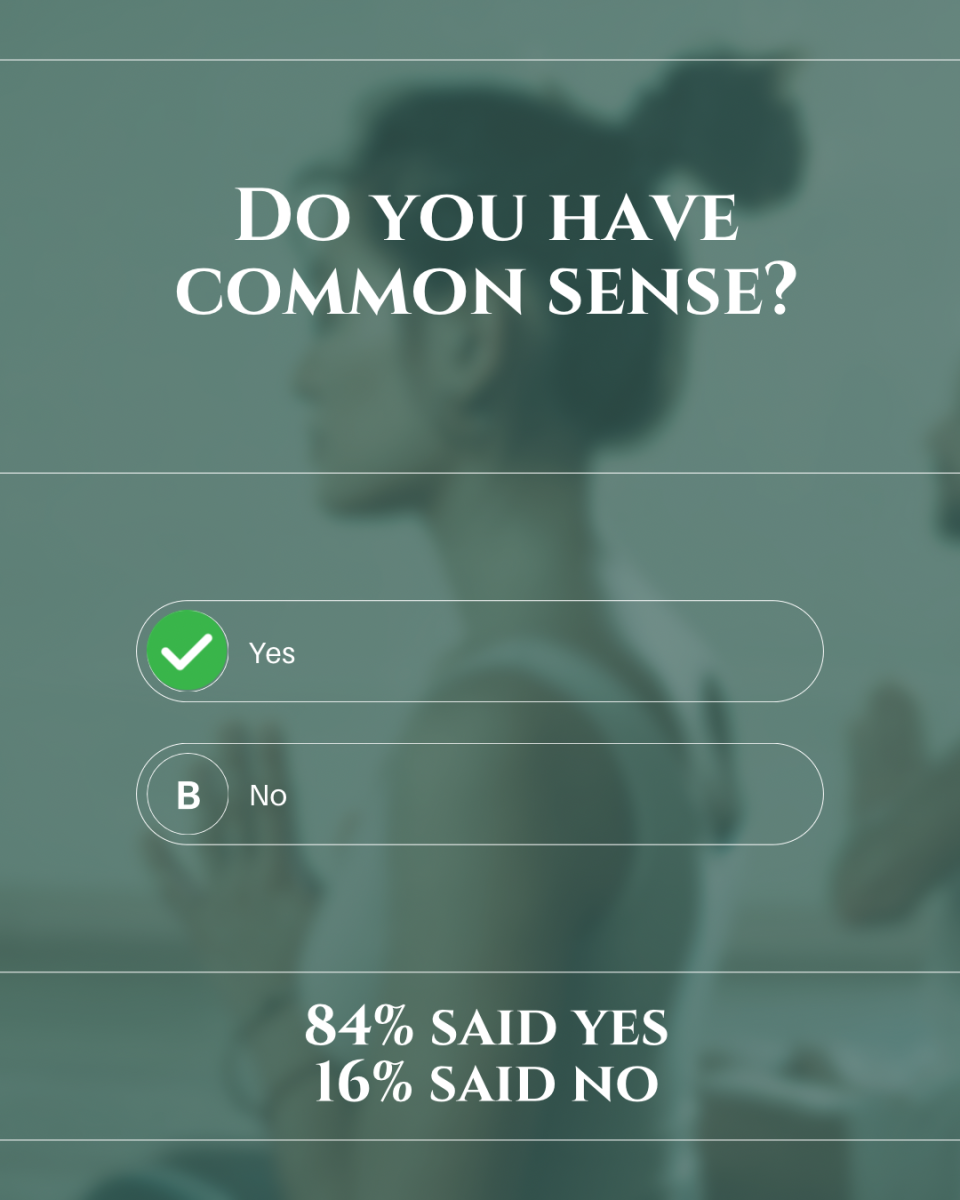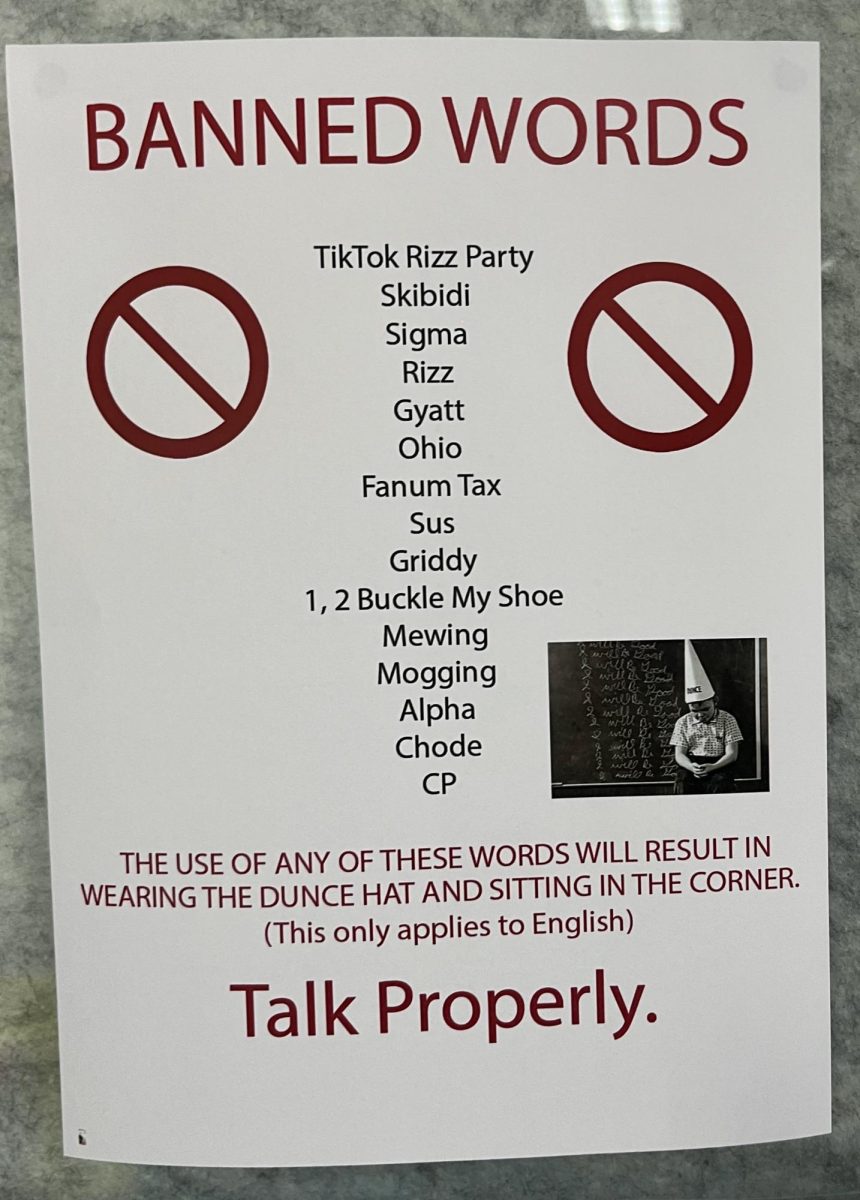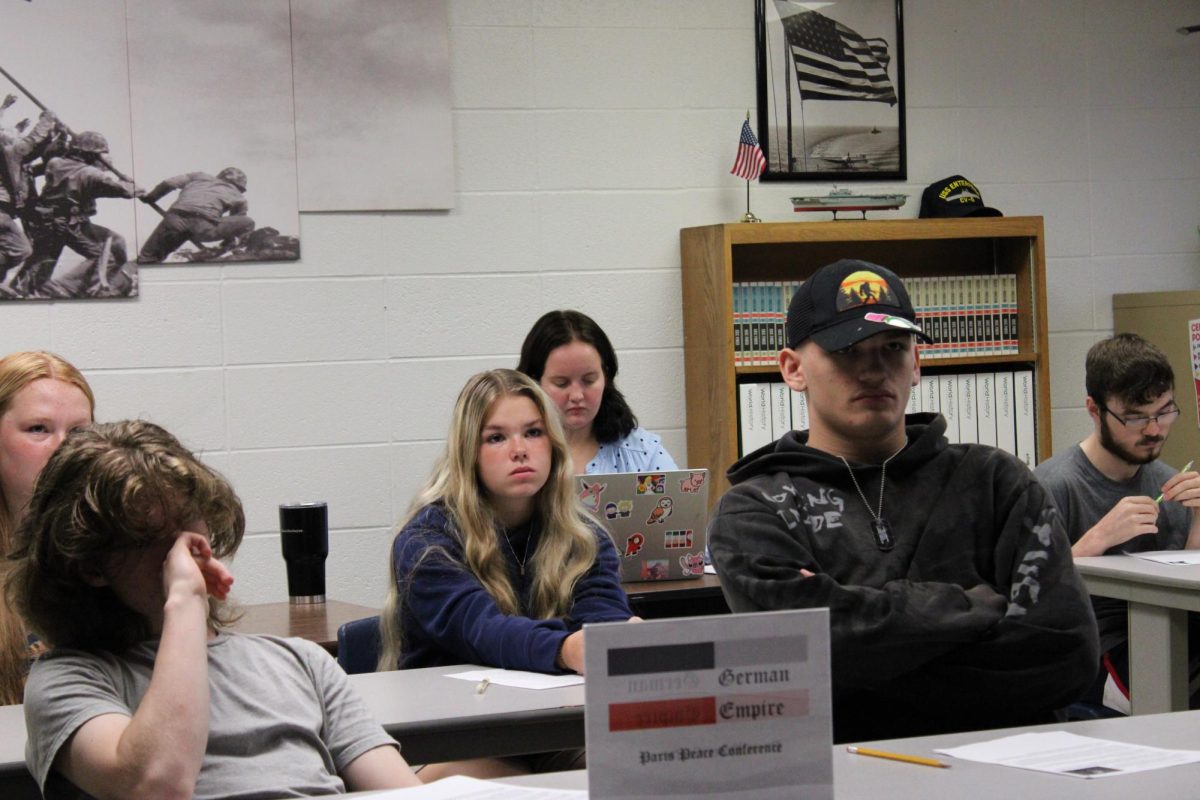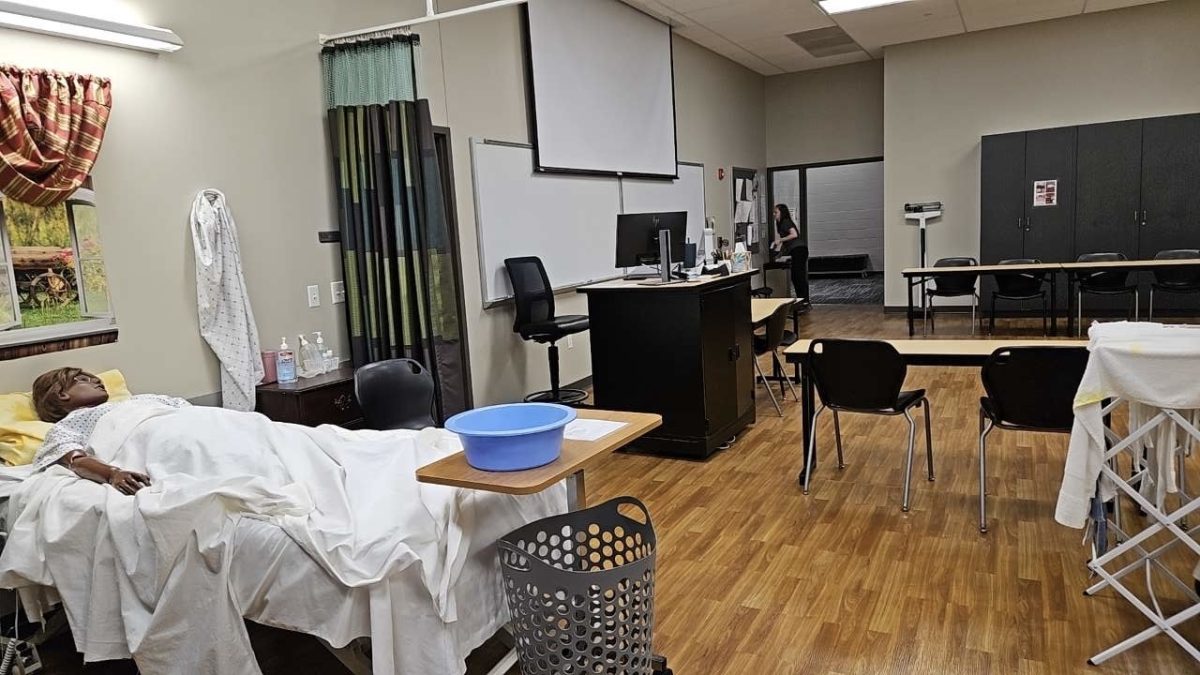While in high school, there is always an in-between feeling of wanting to wear what one want but also keeping it modest for school. At the high school, there are set rules and guidelines one has to follow to make sure one is appropriately dressed to attend class. The dress code being controversial can start debates between teachers and students, and sometimes, even parents. Some may argue that dress codes make a focused and well-behaved work environment, but others believe that it can be a restriction to people’s personal expressions. The point of a dress code is to keep an atmosphere that feels and looks professional, but one being put in place can reduce equality and cause controversy.
Avery Case, sophomore, has been in the school district for 11 years. She stated, “I don’t think we have a strict dress code. I enjoy not having a dress code so we can have our own styles.” Many other schools have a strict policy of uniforms or for clothes in general, but individuals at the high school are allowed to wear their own clothing. Case said teachers at the high school are usually nice about it unless they need to step in and say something. Many students use clothing to express their individuality and styles. There are some areas where students do know when they can and can’t wear things like tank tops, too short of tops, or short shorts. Many deem this as inappropriate for school, and teachers acknowledge the fact when they need to step up and say something.
An important aspect of dress code policies is how they are applied equally to everyone. Some believe that dress codes are often focused more on female students than male students. Heidi Flach, junior, said “Dress codes mostly target girls and always have. Society has an opinion of when girls should grow up.” While the dress code for the school tries to create a distraction-free environment, its enforcement and execution may reflect more on society and its expectations. Flach believes in a common sense dress code where students shouldn’t intentionally show their undergarments or clothing items with profanity. Policies put in place by schools tend to reflect off of bigger societal beliefs about modesty, professionalism, and what’s wrong and what’s right. Particularly, women’s clothing can be seen as a target. Dress codes disallow shirts like crop tops and tank tops and short bottoms. It is usually mentioned as “distracting” to others. Much of this comes from the very beginning of history on how women’s bodies are naturally sexual, even if it’s presented in a non-revealing way. Suggesting that female bodies are inherently sexual and a distraction at such a young age is detrimental to our society. The high school does a good job of making sure students demonstrate professionalism and are also able to show themselves through outfits.
In many schools, dress codes reflect off of society’s rules that they put in place such as unfair expectations for women. It is often judged that certain articles of clothing are inappropriate or distracting. These rules reinforce some kind of idea that showing skin even as small as a bare shoulder or a sliver of one’s stomach is unacceptable. However, the high school is pretty lenient with their policies and is not gender-biased to their students. The school stands out as one that offers fairness to everyone and ensures that female students aren’t targeted for outdated norms.


